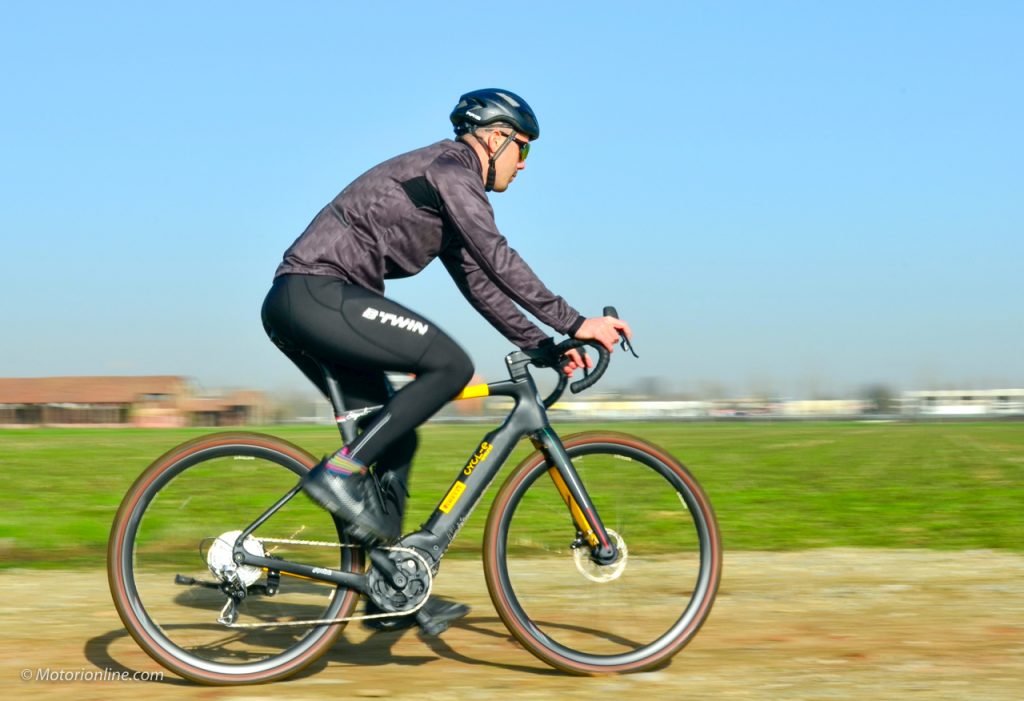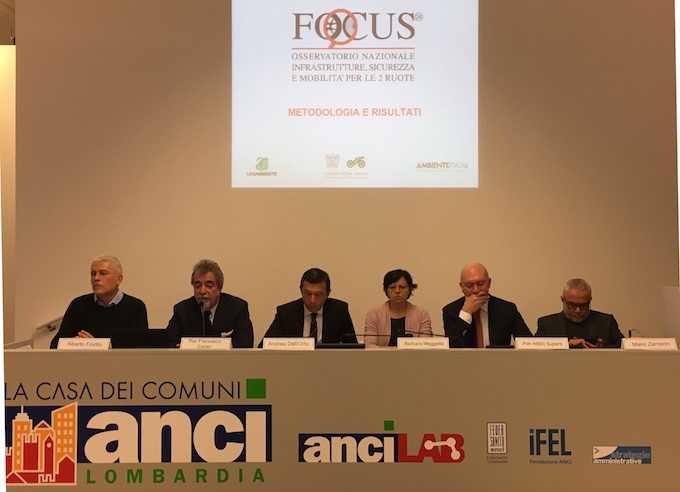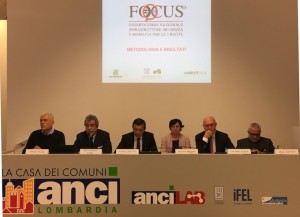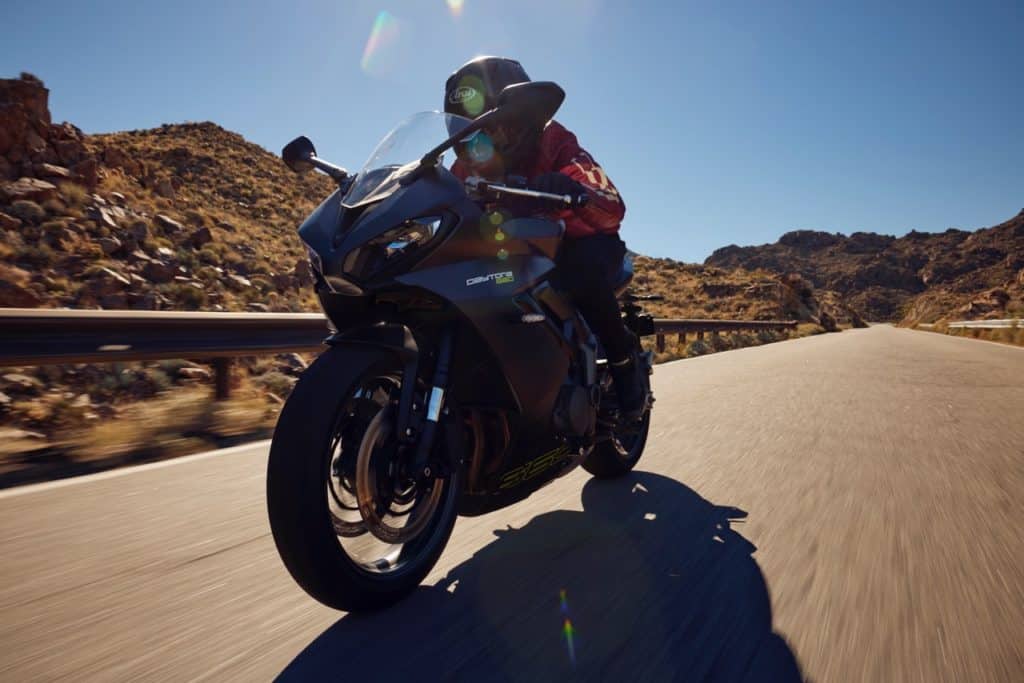Urban mobility, Focus2R Observatory: the average availability of cycle paths rises, the use of bike-sharing falls
Sixth report of the Observatory
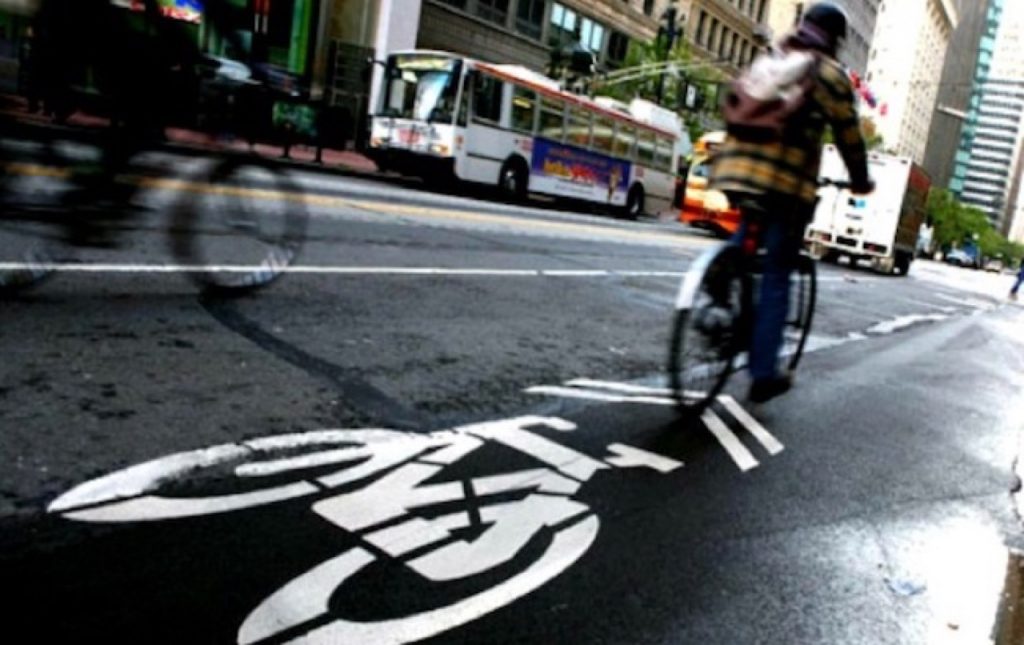
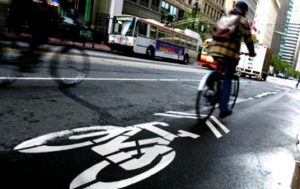
From the sixth report of theFocus2R Observatory, research promoted by Confindustria ANCMA (National Association of Cycle and Motorcycle Accessories) with Legambiente, developed by the consultancy firm Italian environment and presented in the morning via a webinar in which the councilors with mobility mandates from Rome, Milan, Parma, Genoa and Turin also took part; an increase in the average availability of cycle paths in the city emerged (+65,5 km in Milan only), a decrease in the use of bike-sharing (-47% compared to 2019) linked to the lockdown and partly to the competition of services with scooter-sharing, therefore an increase in the attention of Municipalities to improving cycling safety. While for 51% of these, motorcycles are not yet a priority, as reported.
Transfer market
Speaking of data, referring to 2020, over 2 million bicycles were sold. Compared to 2019, there was a growth in traditional bikes (+14%) with 1.730.000 units sold, just as sales grew by 44%. eBike with 280 thousand units. The specialized shop is a point of reference for consumers in the area; according to Confindustria ANCMA estimates, more than 70% of the 2 billion euro turnover of the entire sales network in 2020 could be connected to local commercial entities. Based on the first assessments by ANCMA, in 2021 the market would remain at the same volumes as in 2020.
Moving on to motorized vehicles, after the recovery of volumes in 2020, the 2021 market returns to positive. A double-digit increase was recorded for mopeds, scooters and motorcycles with a performance of + 21,2%, equal to 289.067 vehicles, even above the volumes of 2012 (255 thousand vehicles).
Only the balance for mopeds was negative, given a decline of 4,7% and 18.835 vehicles sold. For the first time, leaving aside the anomaly of 2020, a value below 20 thousand units. On the other hand, we note robust growth in scooters with 151.153 vehicles and an increase of 21,3%, which is even higher in the case of motorbikes, considering 119.079 vehicles registered and an overall increase of 26,4% over 2020.
The performance of electric vehicles is also good, after the month of November, given the 835 vehicles in December with an increase of 5%. Overall 10.848 vehicles and in comparison with 2019 there was an increase of 85,5%
Top 5
Also highlighted are the realities based on various parameters:
TOP 5 FOR CYCLE INFRASTRUCTURE (equivalent meters per inhabitant) – Reggio Emilia, Cuneo, Cesena, Ravenna and Cosenza.
TOP 5 FOR BICYCLE PARKING AT RAILWAY STATIONS – Bologna, Florence, Ferrara, Treviso and Piacenza.
TOP 5 BIKE SHARING – By number of bikes per 1.000 inhabitants, Florence, Milan, Mantua, Bologna and Bergamo by number of bicycles, while the top 5 “subscribers per 1.000 inhabitants” is instead composed in order of Florence, Pesaro, Brescia Turin and Milan.
TOP 5 MOTORCYCLE CONCENTRATION IN THE CITIES PARTICIPATING IN THE FOCUS (vehicles per 100 inhabitants) – Imperia, Savona, Pesaro, Catania and Trieste.
TOP 5 MOTORCYCLE PARKING AVAILABILITY (spaces for 1.000 inhabitants) – Florence, La Spezia, Savona, Bergamo and Bologna.
The EFSA and ECDC's One Health report
We start with a questionnaire sent together with that of Urban Ecosystem di Legambiente, to obtain an updated overview of the policies introduced by the Italian provincial capital municipalities that concern cyclists and motorcyclists. On this occasion, attention was focused on mobility during the health emergency period. The result of a questionnaire addressed to 2020 municipalities during 106, to which they responded 94 administrations. The report proposes a significant framework relating to cycle paths, sharing mobility, dedicated parking and other factors relating to mobility on two-wheeled vehicles in urban environments.
Despite a gap between North and South, regarding the measures implemented, a positive rise in attention to two-wheel mobility on the political agenda of Italian cities is confirmed. Greater interest linked to the main indicators of the report, however not aligned with the renewed prominence of bicycles and motorcycles and their growing presence in the city. Considering the market data, we are talking about interesting growth, the bike sector can most likely replicate the success of 2020 with over 2 million pieces sold, therefore moving on to motorcycles, an increase of 21,2% was reported with almost 290 thousand vehicles .
Moving on to the report findings and talking about bicycles, there is good news regarding cycling infrastructure. Also considering the mobility problems linked to the health emergency, 31 municipalities have developed a total of 224,5 km of new cycle paths.
Based on what was indicated, most of the local administrations interviewed have inserted more than 2 km of cycle paths, while 7 have more than 10 km. The average availability of cycle paths, cycle paths and areas with speed moderation at 2020 and 20 km/h therefore increases in 30, reaching 9,5 equivalent meters (+25% compared to 2015, the first year of the Focus2R survey).
The number of municipalities in which it is possible to transport bicycles on public transport is also increasing (52%), a figure that rises slightly compared to 2019 and grows above all compared to 31% in 2015.
The data relating to administrations that have set up bike interchange stations in all or at least one railway station (74%), or in schools and universities (80%) is stable, then the percentage of cities where electric bicycle charging points are available decreases pedal-assisted, going from 38% in 2015 to 33% in 2020 (it was 35% in 2019).
Most of the charging points are concentrated in a few cities, as in 2019, specifically Trento and Padua which together recorded almost 80% of the total, i.e. 320 and 312 respectively. However, 13 out of 23 municipalities do not exceed 5 charging points and only 6 have more than 10.
Speaking of bike-sharing, 54% of municipalities have introduced bicycle sharing services with a fleet of around 35 thousand vehicles. Among the places where the highest number of uses is recorded are Milan, Brescia, Florence, Turin and Bologna, under one million withdrawals per year, apart from Milan with 4.3 million withdrawals in 2020. The total annual number decreases by 47% compared to 2019, as well as the total mileage which drops by 51%.
Finally considering i motorcycles, the average number of motorbikes per 100 inhabitants is 13 units, increased compared to 2019. Speaking of safety, considering a decrease in the number of accidents and deaths on Italian roads, the perception of the Municipalities on the topic is alarming, as reported. In the two main urban mobility planning tools (PUM and PGTU) safety is not a priority for 51%. Hope comes from the municipalities that declare they have installed guardrails equipped with protections to protect the safety of motorcyclists, going from 17% in 2015 to 28% in 2020, while another 25% indicate they want to expand or use them in the future . The number of cities in which access to lanes reserved for public transport is possible is increasing, but it remains a limited opportunity: in 84% of the municipalities interviewed it is not yet permitted.
In 2020, sharing of electric motorbikes/scooters is available in 9 Municipalities, specifically Brescia, Genoa, Grosseto, Florence, Milan, Lecce, Rimini, Rome and Turin. There are two more than in 2019 and 5 more than in 2015. Although these are just a few cities, the number of vehicles is starting to have a certain consistency with 4.532 units in Milan, approximately double compared to the previous year which was 2.360 , then 1.000 in Rimini, 580 in Turin, 560 in Rome and 100 in Genoa and Florence.
The number of cities that allow free access to restricted traffic zones is also dominant (56%) and the parking situation is critical, given that one municipality in three dedicates a percentage of spaces of no more than 5% to two-wheelers. Also considering the positive trend of the market, the percentage of cities with electric vehicle charging points improves, going from 42% in 2015 to 56% in 2019 and to 62% in 2020, while the number of charging points is more than doubled from 801 in 2019 to 2.602 charging points in 2020.
Repertoire image
if you want to always be updated on our news
Follow us here

